- Total $0.00
Sapphire Town
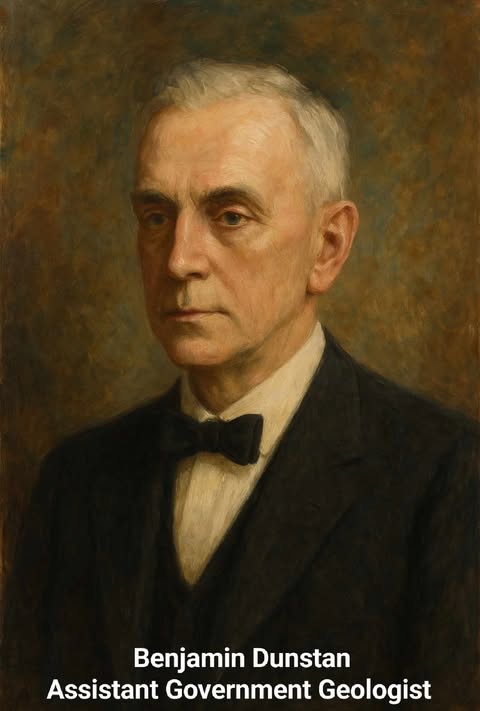
The history of Sapphire Town, nestled in the heart of Queensland's gemfields, is marked by a captivating blend of ambition, struggle, and extraordinary community resilience.
From its early beginnings in the 1900s, this small mining community rapidly blossomed into a vibrant centre, fuelled by its remarkable sapphire deposits.
In 1902, the area's significance was officially recognised when it was proclaimed a mining field spanning approximately 28 square miles.
The town quickly attracted attention, and the Anakie Hotel, established by James Cameron and Harry Monk, soon became a lively hub of local activities.
Visits from international buyers like German gemstone expert Albert Becka highlighted Sapphire Town's emerging global reputation.
Assistant Government Geologist Benjamin Dunstan praised the local sapphire wash in 1902, calling it "second to none," comparing its quality directly to the renowned gems of Burma.
He quoted a letter written by a Geneva firm of lapidaries:
‘Fine sapphires, equal to those from Burma, have been found amongst the Australian gemstones. Most of these are sent to Germany by dealers, where they are sorted. The best gems are afterwards sold separately under another name, and the inferior lots sold as Australian.’
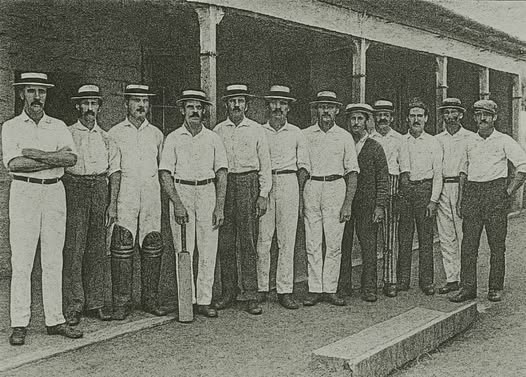
The Sapphire Town cricket team left on 19 December 1905 to play matches against Emerald, whom they defeated by 44 runs, and Clermont, by whom they were beaten.
The victorious team consisted of J. Esmond (captain), and players Meagher, Lawson, Turner, Keene, Graham, Woods, Waters (2), Cousins (2), and Whiting. The matches were a notable social occasion, highlighting the community’s active sporting engagement during this period.

The community faced significant hardship during the devastating floods of 1906. A vivid newspaper account detailed how “Retreat Creek was in higher flood than it has been in the memory of the oldest inhabitant.”
Local heroism emerged as residents bravely aided neighbours stranded by the rising waters, even as the floods tragically claimed lives and destroyed property.
Despite these challenges, the community's spirit remained unbroken, buoyed by an influx of miners from Clermont's goldfields, leading to deeper and more profitable mining explorations.
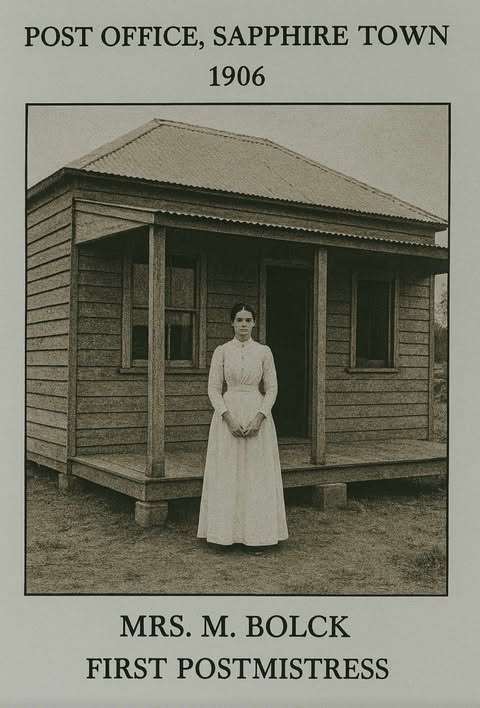
That same year marked a milestone in local development with the opening of a post office at Sapphire Town in March 1906, providing essential communications infrastructure to the growing settlement.

Notably, technological advancements such as the Bradford family's introduction of a 4HP motor to their sapphire washing plant marked the beginning of mechanised mining methods locally.
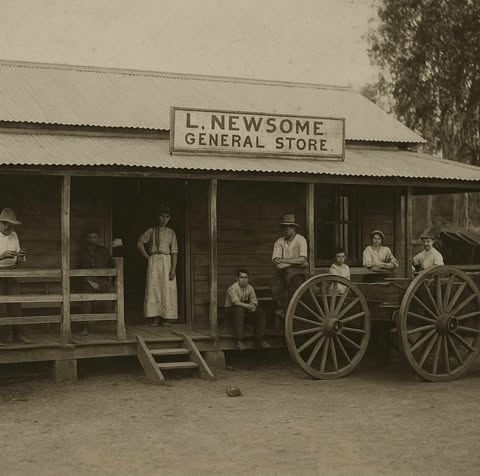
By 1907, Sapphire Town had grown into a thriving hub of activity, with the population across the gemfields estimated at nearly 1,000, including around 300 residents at the bustling outpost of Policeman’s Creek.
The town's rapid expansion was mirrored by its growing infrastructure—two hotels catered to miners and visitors alike, telegraph services operated by Mrs. M. Bolck connected the community to the outside world, and a range of businesses, including butchers, bakers, and general stores, supported daily life.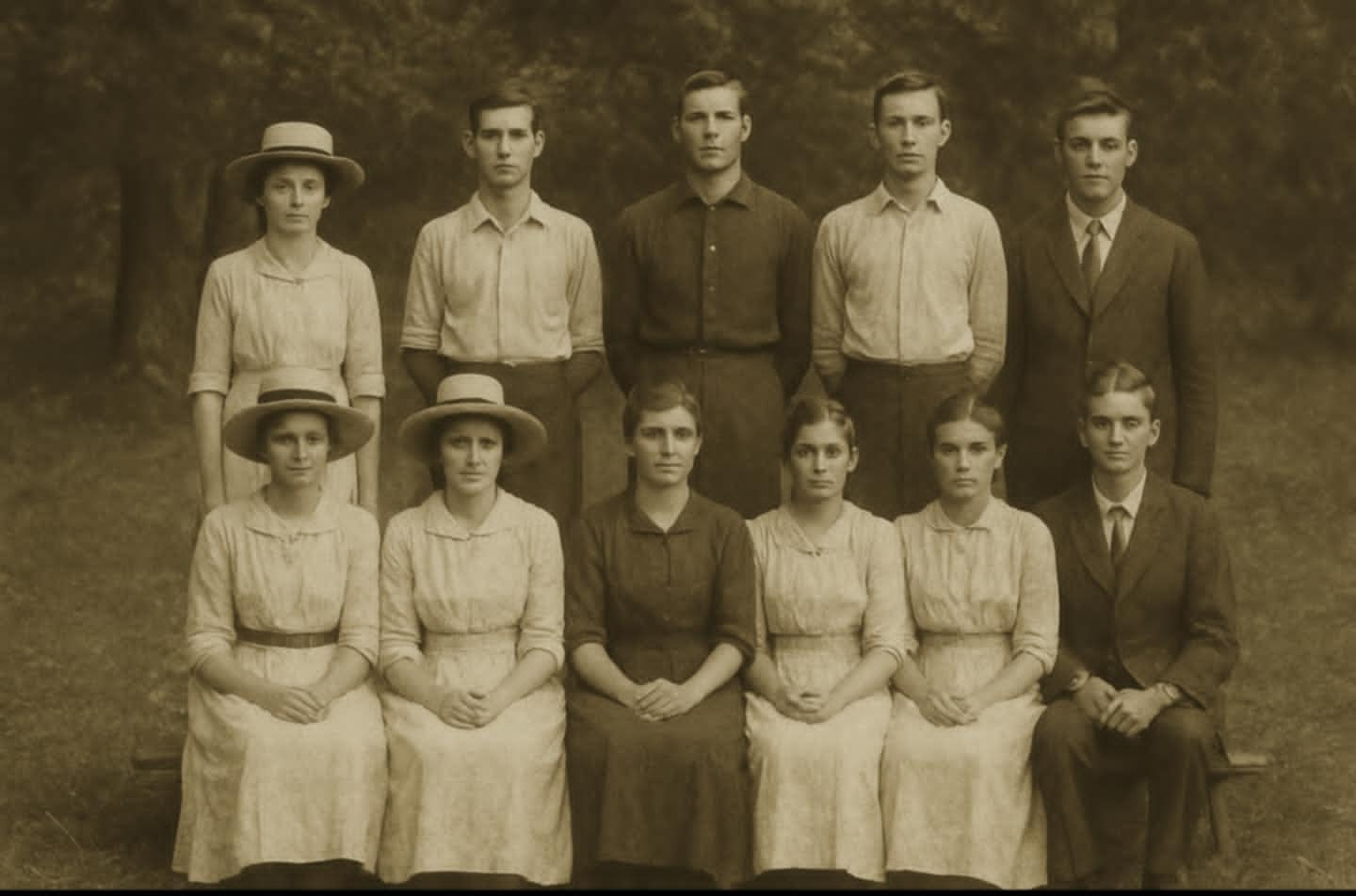
Yet, alongside this prosperity, the residents faced enduring challenges. Drought conditions in 1907 caused waterholes to dry up, severely affecting the washing plants along Retreat Creek, and testing the resilience of the mining community.
Despite these hardships, the town’s spirit flourished. New streets were pegged out to accommodate the growing population, and the physical landscape of the settlement expanded to reflect its growing importance.
Reflecting local optimism, a report from January 1908 stated, “The year that has just closed has been the most remarkable in many respects in the history of the place. More development took place than in all the previous years.”
1907 The standard wage was 60¢per day of eight hours and average rent was 70¢ per week.
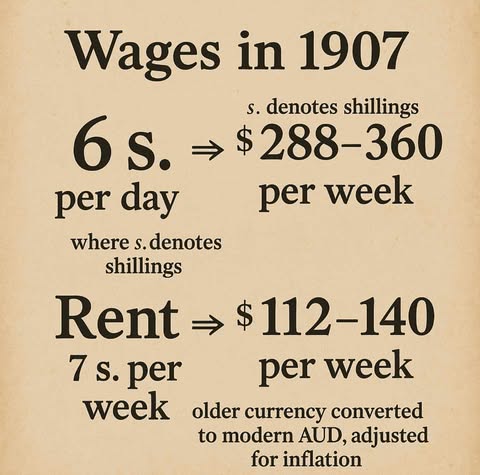
A recreational highlight occurred on August 17, 1907, with the opening of a tennis court, reflecting the growing community spirit.
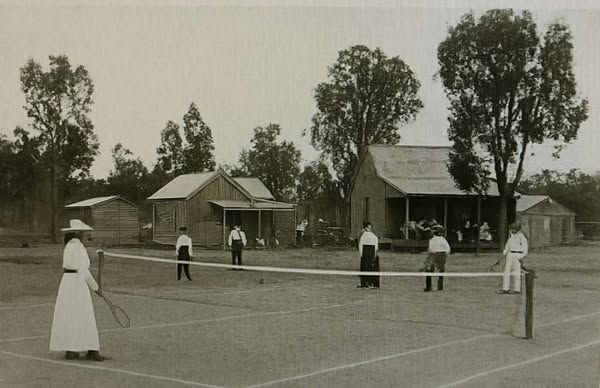
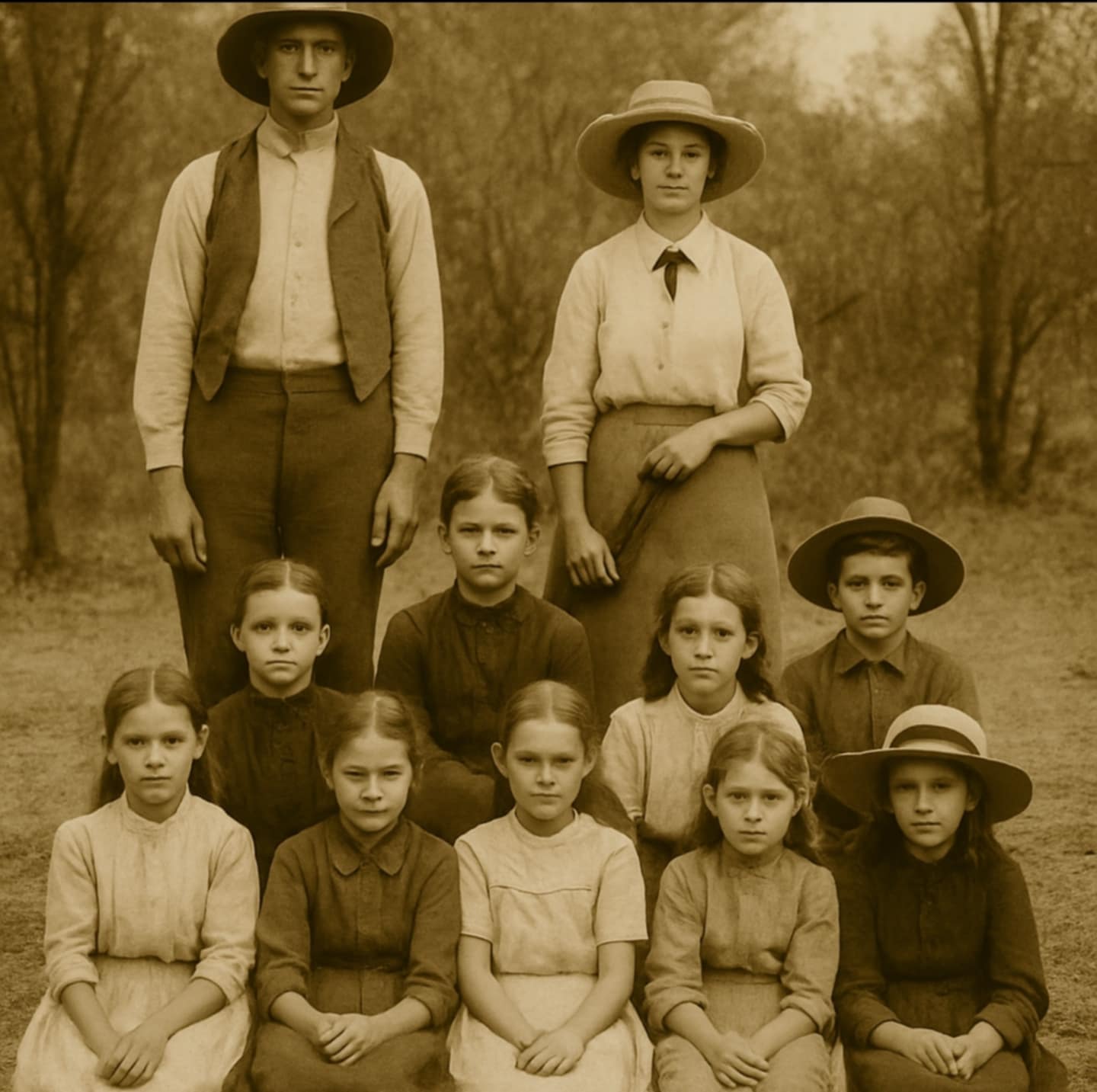
The formal recognition of Sapphire Town’s identity came in October 1903 during a community meeting, solidifying its distinct character.
Educational infrastructure advanced with a provisional school opening in October 1904, led by Miss Margaret Mary Burns. Community figures such as William Holland and Levi Newsome played significant roles in establishing early educational initiatives, highlighting local leadership.
By 1908, the town further matured with a new police station staffed initially by Constable Allison, who served until 1914.
1908 Feb 15 The Withersfield Sapphire Syndicate has been fortunate in obtaining a market for its gems in Europe...
The global sapphire trade remained robust, continually drawing international buyers attracted by the high quality of local gems, including a valuable 47.3-carat yellow sapphire found by man named Picket at Dr. Stuarts freehold property.
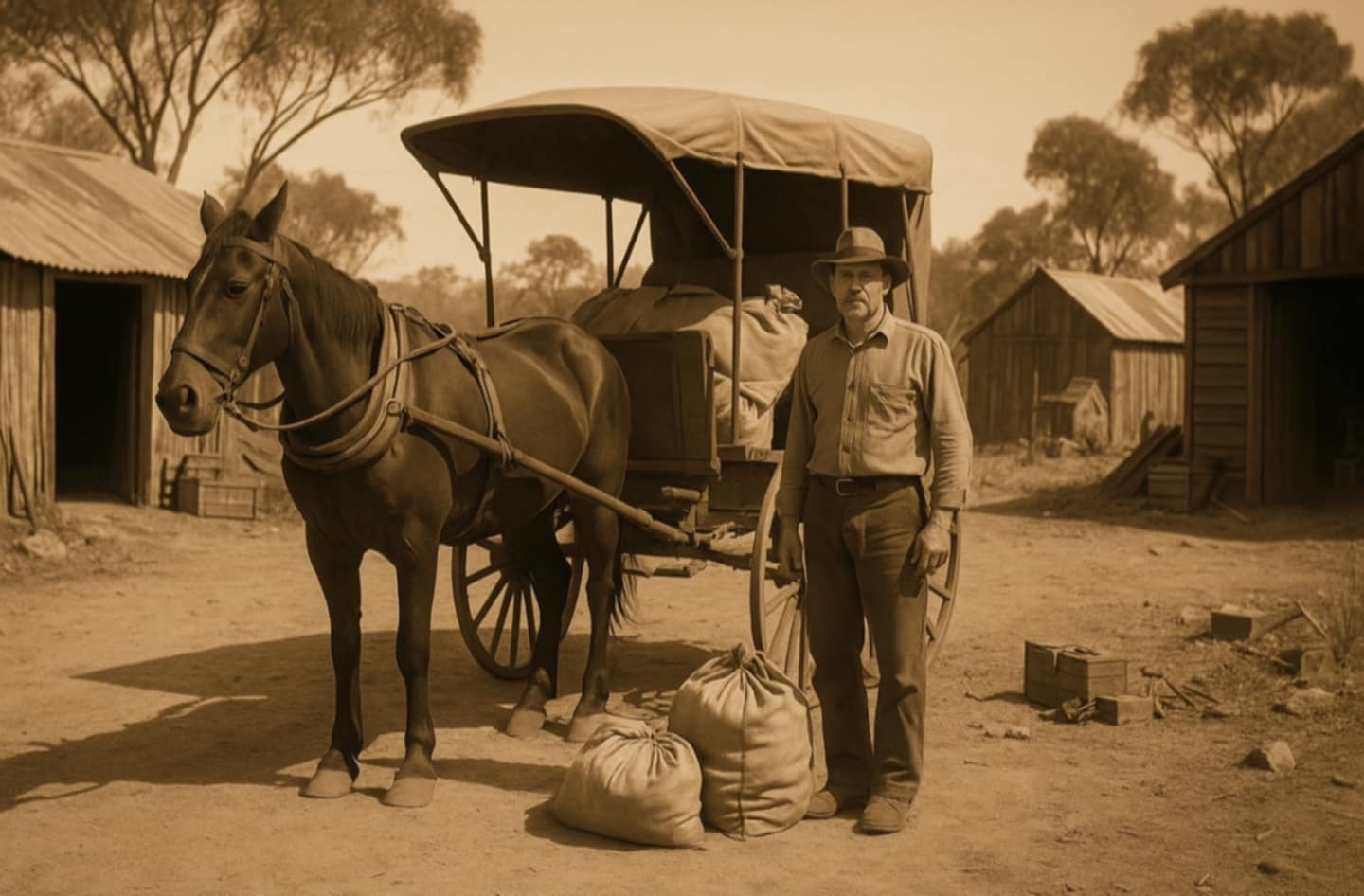
1909 The Goerg family of gem cutters and gem buyers arrived from Idar Oberstein, Germany, and began a long association with the Gemfields.
James Cameron was still the mail contractor. His route now 36 miles. He was paid £52 ($104) per annum, to deliver the mail by buggy, once per week.
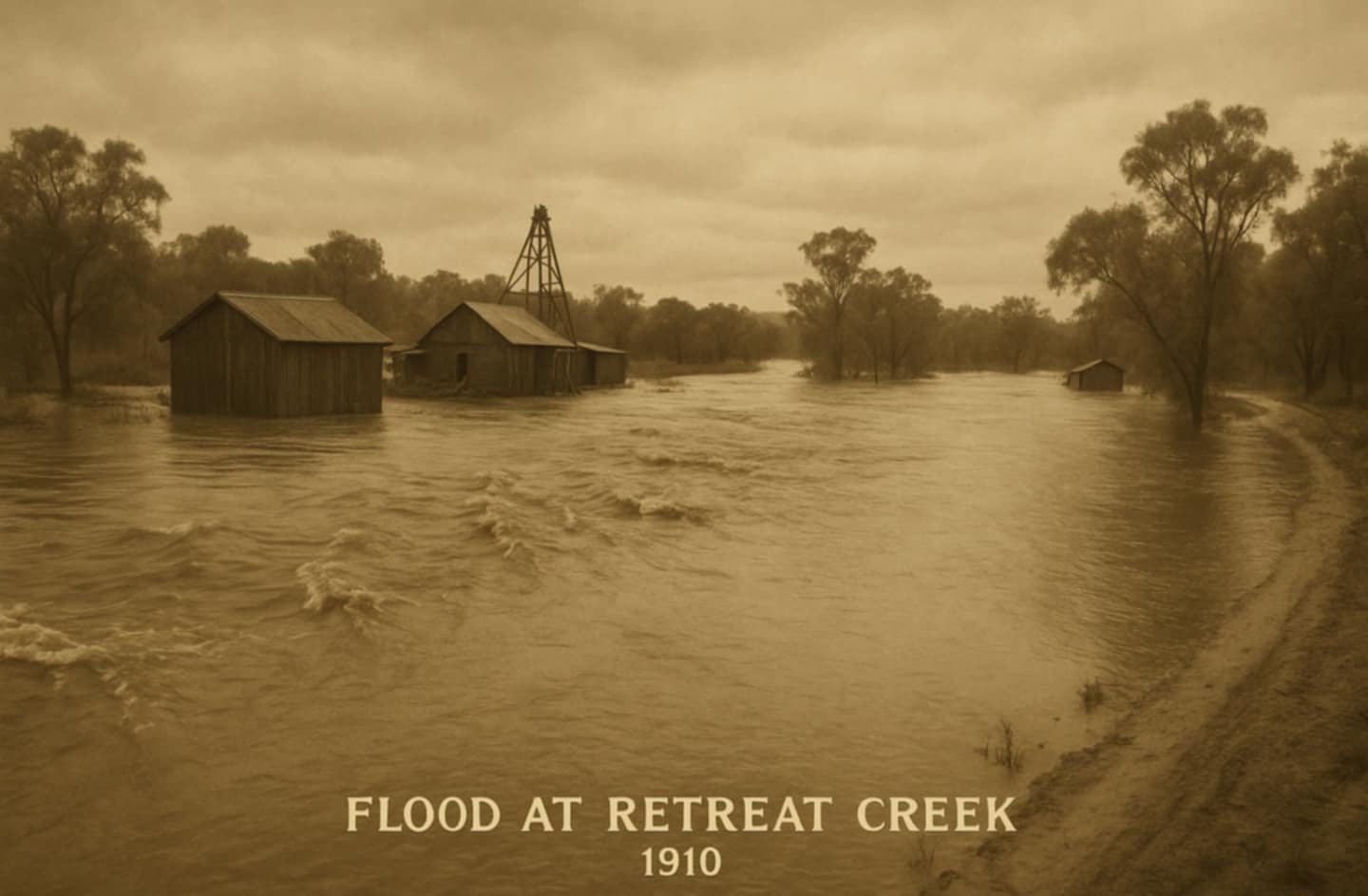
1910, heavy rains caused Retreat Creek to flood higher than it had since the devastating floods of 1906, hampering mining operations but also replenishing the water supplies vital for sapphire washing.
Yet, the determination of miners prevailed, with about a dozen men still working waist-deep in the creek bed, gouging for sapphires.

The community’s civic spirit remained strong, as seen in 1910, when the local school committee debated whether residents could paddock their horses on school grounds—a vital concern in an era when horses were essential transport.
Balancing practicality with the need to protect school property, the committee agreed to allow it, but set a fee of one shilling per horse per night, a small but telling example of how Sapphire Town’s residents organised their growing community.
By 1912, the sapphire fields were attracting attention well beyond Queensland.
That year, the Brisbane Exhibition’s Mines Court showcased the finest examples of sapphires from Sapphire Town and its surrounds.
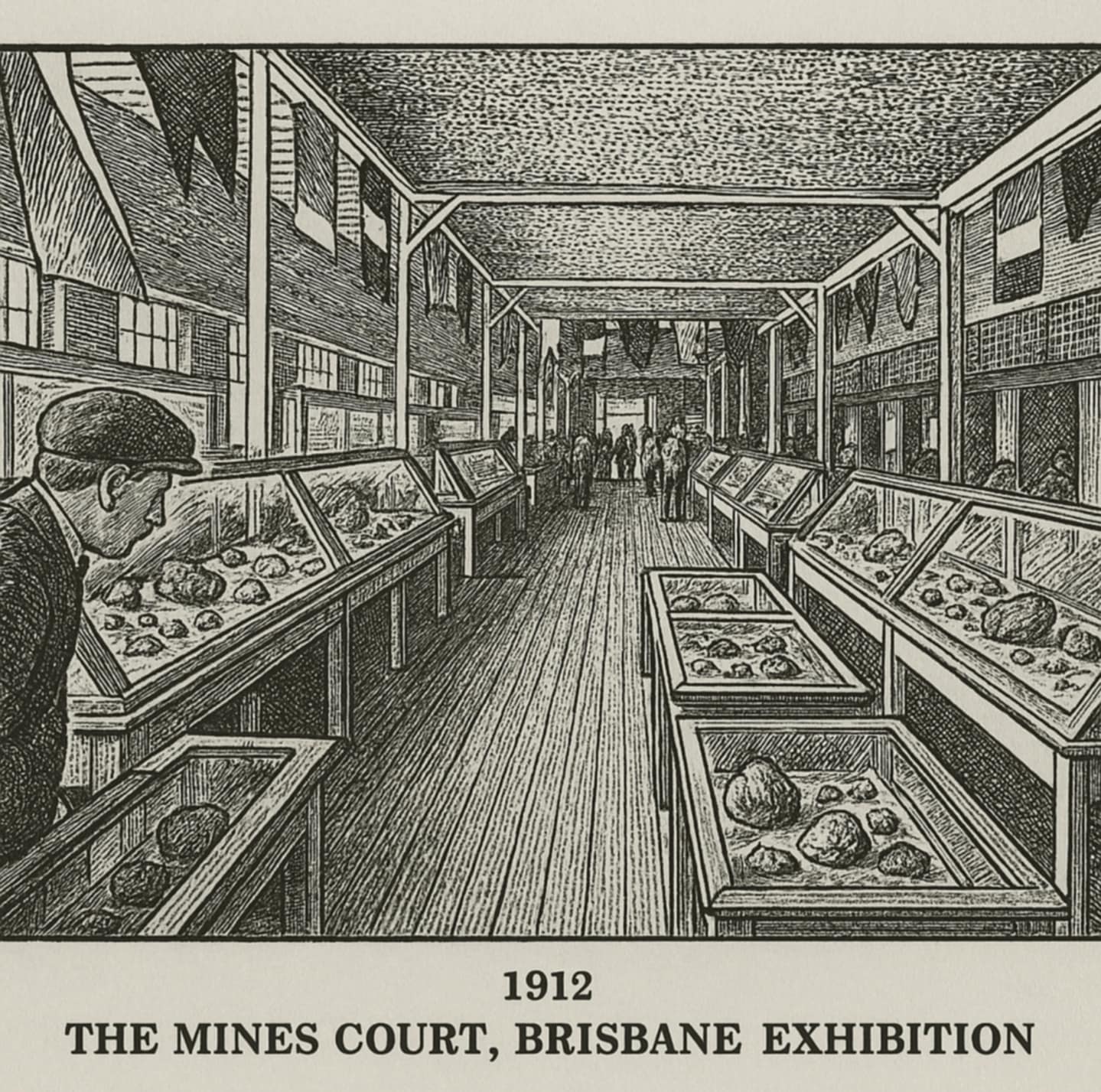
The display featured nine different coloured varieties of sapphire, including a clear yellow sapphire weighing five carats—one of the largest of its kind—drawing admiration from both the public and dignitaries alike.
The Queensland Government Mining Journal described the exhibit as one of the chief attractions, reinforcing Sapphire Town’s growing reputation in the global gem trade.
This period also saw significant gemstone discoveries. In April 1912, a remarkable green sapphire weighing 135.6 carats was unearthed at the Grave Hill workings, further enhancing the region’s standing as a source of exceptional gems.

Later that year, another notable find was reported at Upper Retreat, where a yellow sapphire of approximately 5 dwt (38-88 carats) was uncovered by miner Mr. Moran following heavy rains.
Despite such prosperity, miners faced ongoing challenges. Torrential rains in 1912 again wreaked havoc, causing the shafts at New Rush to collapse, temporarily halting operations.
Yet the resilience of Sapphire Town’s miners remained unwavering. The community pressed forward with infrastructure projects, including proposals for a suspension bridge over Retreat Creek, designed to improve transportation across the mining sites.
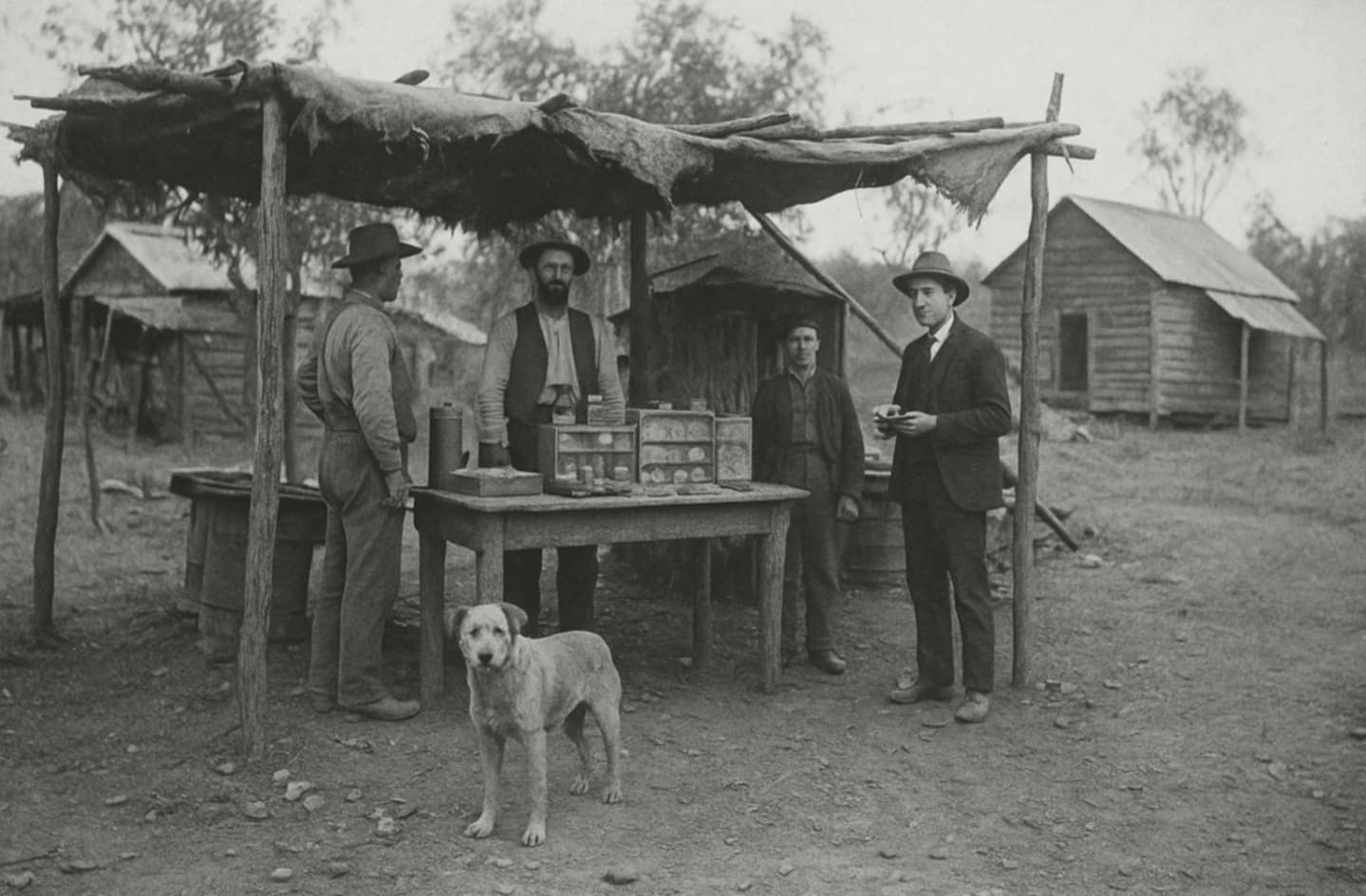
International connections also deepened during this period. Mr. Buker, a gem buyer from Idar-Oberstein, Germany—a key gemstone-cutting centre—visited the field in 1912, highlighting the global demand for the region’s sapphires.
As the second decade of the 20th century unfolded, Sapphire Town stood as a testament to the perseverance and adaptability of its people.
Battling floods, embracing new technologies, and drawing international buyers, the community continued to carve out its place as one of Australia’s premier sapphire-producing centres.
LEARN THESE 7 SECRETS TO AVOID EXPENSIVE BUYING MISTAKES
DOWNLOAD FREE BUYERS GUIDE (38 pages) AND PRICE CHART
